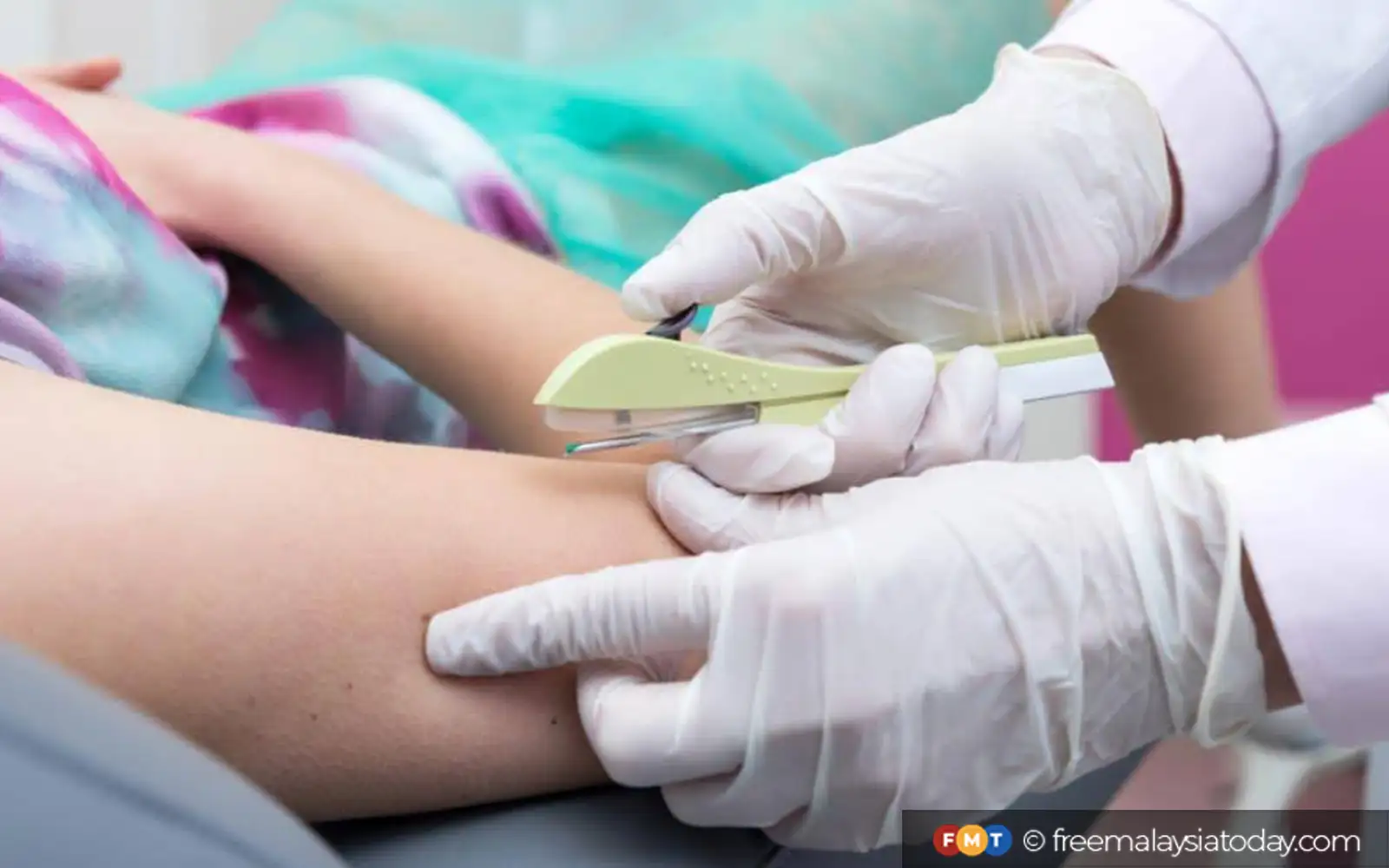
When Naja Fansuri welcomed her daughter in late 2024, she and her husband had done everything right.
“We bought the best baby crib, the most sturdy stroller, and the safest child seat,” she said.
But what followed shook them to the core. “It was challenging both emotionally and physically, especially right after giving birth. We faced further hospital visits after that and were informed of the risks involved to both myself and my baby.”
Naja’s ordeal, which she shared in a TikTok video that went viral, revealed a reality many Malaysian families face but few talk about – high-risk pregnancies.
Each year, Malaysia sees around 500,000 pregnancies. Of these, between 14% and 28% are classified as high-risk. Yet, the issue remains largely unspoken in health policy corridors.
Universiti Kebangsaan Malaysia clinical lecturer and consultant obstetrician and gynaecologist Dr Faizal Ahmad said Malaysia was seeing a rise in high-risk pregnancies.
He added that these pregnancies can lead to serious maternal complications including diabetes, heart disease, postpartum haemorrhage and, in severe cases, the need to deliver babies as early as 30 weeks.
“This is primarily due to factors such as maternal age, the presence of multiple medical conditions, and pregnancies involving multiples.
“In the most severe situations, it may be necessary to terminate the pregnancy to prioritise the mother’s health and initiate treatment during the pregnancy,” Faizal said.
The impact on infants is no less worrying. Babies born prematurely may suffer from respiratory issues, neurological disorders or long-term developmental delays.
In the midst of Malaysia’s declining birth rate, this silent crisis not only strains the healthcare system, it undermines the nation’s demographic resilience.
Prioritise high-risk pregnancies in 13MP
As the government seeks to pass the 13th Malaysia Plan (13MP) in Parliament, experts believe the time is ripe to prioritise high-risk pregnancies under public health and social development strategies.
“Preventing high-risk pregnancies will not impact our childbirth rates,” Faizal said. “We will encourage more women to pursue pregnancy by advocating healthy practices … ultimately increasing the number of pregnancies nationwide”.
He said proactive support was needed for safe, standard pregnancies, not just more pregnancies. An underused tool in this effort is the long-acting reversible contraceptives, also known as LARCs.
In a recent webinar, consultant obstetrician and gynaecologist Dr Nur Afidah Yusof stressed the importance of pre-pregnancy screening and accessible contraceptive options.
“Many patients fear going to these clinics in the event that their doctor tells them to delay having a baby. But it is the patient who makes the decision. Doctors are just there to guide them, not prevent them,” she said.
Among the LARCs gaining attention is the contraceptive implant such as Implanon – a tiny, matchstick-sized contraceptive implant inserted just under the skin of a woman’s upper arm.
“The product goes under the skin – rather than a vaginal insertion – and it is more stable and lasts up to three years,” said Afidah.
It is particularly suited to Malaysia’s healthcare landscape as it is low-maintenance. Unlike daily pills or quarterly injections, a contraceptive implant requires only a single clinical visit and minimal follow-up.
“This makes it particularly relevant for high-risk populations in rural or underserved areas, where frequent visits to health clinics may be challenging due to transport barriers or economic constraints,” Afidah said.
The method is not only effective in reducing unintended pregnancies but is also cost-effective. By helping women space or delay pregnancies safely, Implanon reduces the incidence of complications that often lead to intensive hospital care, thus easing the burden on the public healthcare system.
Insertion can be done by trained healthcare personnel and deployed through mobile clinics or outreach teams, making it an ideal candidate for inclusion in the 13MP’s maternal health strategies.
Despite the medical options available, a key barrier remains – poor public awareness.
“No,” said Dr Milton Lum bluntly, when asked if Malaysians were sufficiently informed.
“Health literacy, particularly in sexual and reproductive health, among Malaysians is low. The education system has to be held accountable for this situation.”
Lum, a senior obstetrician and past president of the Federation of Private Medical Practitioners’ Associations, believes the decision to become pregnant is deeply personal.
“Whether to have a pregnancy or not is a couple’s choice. What is important is to ensure that all women planning to get pregnant are in good health and are provided safe and quality care.”
The message for the architects of 13MP is clear – tackling high-risk pregnancies is not about controlling reproductive choices but creating informed ones.
Even a 1% drop in high-risk pregnancies would spare 5,000 families from trauma and long-term medical costs.
“The tools already exist. What’s needed now is political will and policy action,” Lum added.






